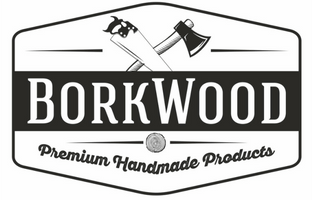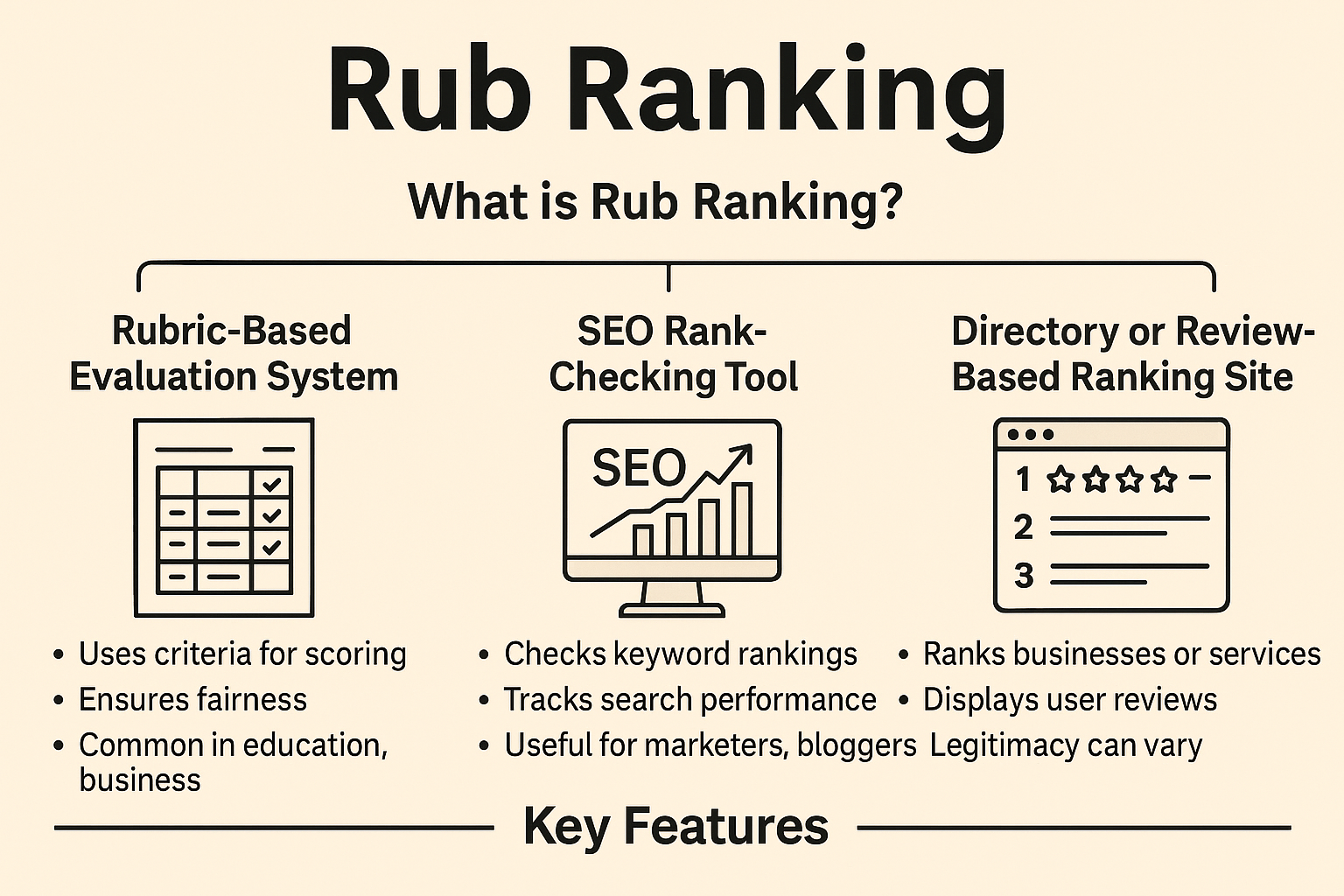Contribution of Business Intelligence to Production Capacity Growth
For today’s Morden manufacturers, the ever-present hurdle is maximizing production capacity while maintaining quality and controlling costs. They do not have enough analytical tools to control process resource allocation, equipment failure surges, or the inability to respond to the shifting needs of the marketplace rapidly. Such issues tend to let critical commercial opportunities slip through the cracks while wasting important resources and giving potential competition in the market. According to a report by McKinsey, manufacturers can improve productivity by 20-30% through enhanced data utilization (source: McKinsey & Company).
This is how business intelligence appears to be a perfect solution for increasing the capacity of the manufacturing process. It recovers raw data into actionable insights, enabling manufacturers never to optimize their operations. Thus, through data analytics and real-time insights, manufacturers will be able to pinpoint inefficiencies, optimize resource allocation, and make informed decisions in order to enhance production capabilities. This strategic approach helps the organization enhance its production and puts it in a better place to be responsive to shifting market demand.
Brief Description of Business Intelligence in Manufacturing
Business Intelligence (BI) in manufacturing combines data from various sources to provide an all-rounded understanding of operations. It enables Real-time monitoring of production lines, quality control, and supply chain management, consequently leading to informed decisions. BI helps to identify patterns and trends by analyzing historic and current data.
BI plays a much more critical role by optimizing resource allocation to increase production capacity and identifying bottlenecks. It also helps the manufacturer predict maintenance so that it reduces the time for improper downtime while increasing equipment efficiency.
BI tools also help with demand forecasting, and companies adjust the production schedule to maximize capacity usage. This data-driven approach can increase productivity by reducing wastage, ultimately increasing manufacturing output.
Production Challenges And the Perfect BI Solutions
The following are the most common manufacturing challenges directly related to increasing production capacity. Many manufacturing units want to integrate perfect BI Tools, techniques, and models to streamline operations and optimize production capacities. Therefore, they choose to have business intelligence services that act as a perfect solution to address every challenge related to production growth. With a perfect combination of real-time analytics and predictive modeling, BI service offers the ideal solution to enhance efficiency and drive growth.
1. Inefficient Resource Allocation
Problem Statement: Manufacturers cannot efficiently consume labor, equipment, and materials without the insights garnered from data analytics. Over- or underestimating these would lead to either slow production or waste without reason.
Solution: Efficient Resource Utilization through Data Analytics
BI tools such as Power BI, Tableau, or Qlik allow manufacturers to track and analyze resource utilization in real time. Together with historical data and predictive analytics, they offer a highly accurate resource forecast. With optimized material, labor, and machinery usage, the process will ensure continuous production with fewer bottlenecks and better utilization.
How BI Helps: Business Intelligence enables data-driven decisions for resource allocation, minimizing waste and ensuring that resources are available where they are needed most.
2. Lack of Predictive Maintenance
Problem statement:
Machinery breaks down often simply because one never knows when a failure will occur. This leads to unexpected stoppages and lost production capacity. Applying reactive maintenance increases operations costs and delays.
Solution: Predictive Maintenance through BI and IoT
By integrating BI with IoT sensors, manufacturers can implement predictive maintenance strategies. BI analysis of sensor data from machinery reveals where a component might fail, so manufacturers can perform maintenance before the failure happens. With products like IBM Watson and Microsoft Azure IoT, predictive maintenance could be achieved through real-time data analytics.
How BI Helps: BI processes sensor data, applies machine learning models to predict maintenance needs, reduces unplanned downtime, and maximizes production capacity by keeping machines running efficiently.
3. Poor Inventory Management
Problem Statement:
Manufacturing without real-time inventory control may suffer from stockouts or excess inventory, which can result in gaps in production schedules and reduce the overall capacity of the production line.
Solution: Optimized Inventory Management with BI Tools
More advanced BI platforms, such as SAP BusinessObjects and Microsoft Power BI, give manufacturers real-time visibility into inventory levels. Using BI, manufacturers can automate the tracking of raw materials and finished goods to keep stock levels in line with production needs.
How BI Helps: Business Intelligence helps track inventory levels in real-time, avoid stockouts, and maintain just-in-time inventory, keeping production flows uninterrupted and increasing capacity.
4. Production Under-Optimal Scheduling
Problem Statement:
The production activity scheduling could be more efficient with data-based insights; human mistakes within the manual schedules could cause delays in production, idle time by machines, or simply less capacity use.
Solution: Data-Driven Production Scheduling
BI-driven tools such as Tableau or SAS can automate production scheduling by analyzing several variables, such as order size, machine availability, labor shifts, and raw material status. Such data-driven scheduling optimizes machine use and minimizes idle time.
How BI Helps: BI algorithms can deliver optimal schedules, reduce downtime time, align manufacturing capacities with demand, and enable manufacturers to handle more production in less time.
5. Limited Demand Forecasting
Problem Statement:
Without proper data analytics, manufacturers could not precisely forecast demand. Incorrect demand forecasts naturally result in overproduction or underproduction. Direct consequences included inefficient capacity utilization and a mismatch between supply and demand.
Solution: Accurate Demand Forecasting
Business Intelligence tools generate accurate demand forecasts based on historical sales data, market trends, and external factors, including economic indicators. The manufacturer can combine various data sources with the help of tools such as Power BI and Looker to adjust production plans effectively according to demand.
How BI Helps: BI offers predictive modeling capabilities, which help improve forecasting accuracy. This way, manufacturers are allowed to adjust the quantities produced in advance, thus increasing the capacity and reducing overproduction and waste.
6. Lack of Real-Time Data Visibility
Problem Statement:
Lack of Real-Time Data in Manufacturing for Decision Makers; hence an inability to pinpoint performance gaps, optimize operations, or scale up production.
Solution: Real-Time Data Visualization for Performance Monitoring.
Manufacturers can actually track real-time KPIs – including machine efficiency, production throughput, and quality rates – using the dashboards in BI platforms such as Tableau and Microsoft Power BI. Insights from such dashboards enable instant identification of performance problems by managing the implementation of corrective actions.
How BI Assists: BI enables instant visibility into production performance. Real-time dashboards ensure quick decisions that do not let bottlenecks occur and enhance the production capacity.
7. Inability to Adapt to Market Changes
Problem Statement:
In general, manufacturers need to respond more quickly to trends, shifts in demand, and shifts in competition in the market. And because of that, they miss opportunities as a result of not being able to adjust their output when changes are made. Underutilized capacity is another common phenomenon.
Solution: Adaptive Market Response Through Predictive Analytics
The use of a BI tool like IBM Cognos or Oracle BI supports the analysis of market trends. Using a BI tool, manufacturers can analyze consumer behavior, competitor movements, and industry trends. Predictive analytics would thus guide manufacturers in adjusting production according to market demand by recommending necessary adjustments, keeping them competitive, and increasing capacity utilization.
How BI Helps: BI allows manufacturers to react dynamically to market fluctuations by increasing or decreasing their production capacities according to the marketplace’s needs.
Business Intelligence Strategies for Production Capacity Growth
The following are the four key strategies on how to apply Business Intelligence in manufacturing to increase production capacities:
1. Predictive Maintenance
Manufacturers can predict and proactively handle any problems by employing advanced business intelligence (BI) technologies to obtain insights into machine performance and maintenance history. By reducing unplanned downtime, this foresight enables manufacturing lines to run efficiently and reliably. Manufacturers are able to increase production capacity and guarantee a more dependable operational workflow as a consequence.
2. Production Scheduling Optimization
Analysis of real-time data from production helps manufacturers enhance their scheduling and resource utilization process. It identifies and addresses potential bottlenecks and allows for smoother workflows and better allocation of labor and machinery. This proactive approach not only streamlines operations but also drives substantial increases in production capacity, positioning manufacturers for sustainable growth.
3. Real-Time Inventory Management
Manufacturers can immediately have an overview of their stock levels with the integration of real-time inventory management systems. Such an overview allows for on-time readjustments and informed decision-making, thereby decreasing risks associated with stockouts while reducing excess inventory to facilitate smooth production processes. In sum, resources will be utilized at optimal levels to ensure increased production capacity and improved operational performance.
4. Capacity Utilization Analytics
Analyzing real-time data on machine and labor usage helps manufacturers pinpoint underutilized assets. They identify underutilized assets and then rearrange the workflows, making better use of their resources. This will increase their production rates. It leads to more intelligent and informed decisions that positively affect overall capacity without stretching their resources too thin.
Conclusion
Business intelligence is a game-changer for manufacturers, providing actionable insights that optimize production capacity. It can help in resource allocation, predictive maintenance, and real-time inventory management, thereby ensuring smooth operations with minimal downtime.
Manufacturers can even respond efficiently to changes in the market and predict demand with better accuracy, thereby increasing further productivity. BI tools can be used effectively for helping companies make the right decisions which result in efficiency and waste minimization while enhancing general performance. BI basically makes manufacturers responsive to a quickly changing industry by giving them the edge needed to stay competitive.







